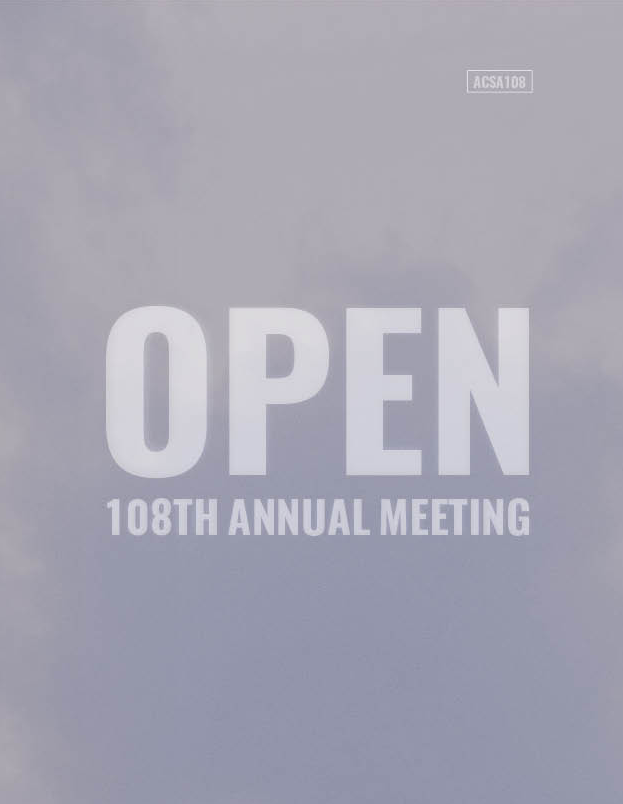Author(s): Wei Zhao
This paper scrutinizes the exchange of architectural ideas between the West and the hinterlands of southern China around the turn of the nineteenth century. It examines the porous and dynamic connections between people, places, and ideas, as manifested in the construction of residential and commercial spaces in rural landscapes. Drawing upon fieldwork including architectural survey, archival research, and interviews with local residents, this paper uses four examples from three provinces to illustrate the ways in which the global fluidity of architectural ideas were communicated, valued, and localized. A building might appear to be a traditional house, yet the spatial organization within the house is westernized; a building façade can feature certain Western architectural elements, yet is constructed using traditional Chinese materials and methods; a building can integrate two sets of architectural ideas with or without any clear spatial or programmatic transitions. This paper argues that when facing the Western influence, people in the rural hinterlands of China had difference attitudes and understandings comparing to people in cities. Rural residents did not view such new ideas as exemplars of the canon or the classical, and thereby allowed Western-style buildings to dominate their vernacular landscape, as was the case of many Chinese coastal cities. Having various modes of exchange with the West, local craftsmen of the hinterlands selectively adopted certain aspects of Western architectural ideas and sensitively integrated them into their local building traditions. Meanwhile, the diverse local interpretations of these new ideas not only represent local sociocultural contexts, but also reveal the ways in which ideas were transmitted, deconstructed, and accepted. Moreover, this exchange of ideas between the global and the local challenges the existing categorical analysis of the interaction between the canon and the vernacular by seeking a new identity for the latter.
https://doi.org/10.35483/ACSA.AM.108.74
Volume Editors
ISBN
978-1-944214-26-5

 Study Architecture
Study Architecture  ProPEL
ProPEL 
